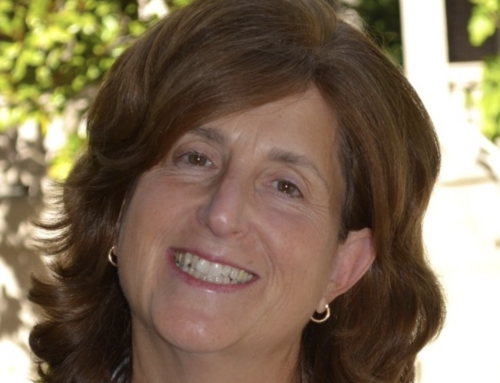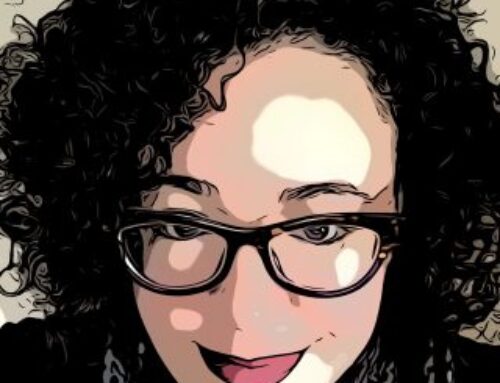Years ago, I learned the importance of establishing connections with the milestones our ancestors reached. I learned that listening to the stories and telling them was not the same as telling them as if we were there, as we are enjoined to do during the Sedarim. Putting ourselves in the story rather than simply reciting it is important.
As a genealogist, I know that the stories of my more immediate ancestors and those of my clients are unlikely to be found as clearly stated as the accounts in TaNaKh. We know the general story of what happened to our more immediate ancestors during World War II, mostly through history books. Most of us don’t know much about our own family’s history, beyond the names of our grandparents or great-grandparents. Perhaps we don’t even know those names.
I feel driven to find the names, to find out who the people were, what kind of connection I can make to the history of a couple of hundred years ago, the same way I connect with the history of our am, our people, thousands of years ago. To that end, I traveled extensively throughout Eastern Europe, visiting small and large towns where Jewish communities once thrived.
I’ll be sharing some of my experiences with you through photos of places in Poland, Lithuania and Ukraine. Perhaps your families lived in these towns or ones like them.
During this time of social distancing and wearing masks, both of which form barriers, it may be easy to understand some of the issues and challenges our ancestors faced coming to a new place. First, they were physically distanced from everything and almost everyone they knew. I say almost, because maybe a landsman was their destination. Most of these new immigrants would never see their family again. Financials almost certainly kept people from traveling back and forth. Letters could take weeks or months to exchange. Telegrams would have been reserved for the most urgent matters, and transatlantic phone calls weren’t a “thing” until the mid-20th century. When our ancestors arrived on the shores of North America, very few of them would have been able to converse in English or other local language. The barriers that existed for these immigrants would have been huge, and of course even the sights, sounds and smells of North America would have seemed foreign to them. They overcame their isolation and feelings of displacement by discovering and creating new communities and new opportunities.
In this COVID time, many of use have been fortunate in being able to establish new communities through Zoom and other video calling systems. We’ve reconnected with people from whom we’ve grown distant through social media and searched for new ways to eliminate isolation. I often think not only of the newly arriving immigrants, but of the people who lived through the Spanish Flu in 1918-1920. The masks we wear now and the masks in the earlier 20th century form physical barriers which can be as powerful as the social barriers our ancestors had to confront and overcome.
These photos are from travel to Poland.
Our ancestors came to North America from all over the world. They often had long journeys from their homes far away from any port to arrive at the port where they boarded a ship bound for a land they could barely imagine. Most of them traveled in steerage. They spent anywhere from 1-3 weeks on the ocean journey and sometimes weeks from their home to the port. In steerage they were in crowded facilities lacking toilets, with minimal water for washing, sometimes eating only a boiled potato or piece of bread all day. It’s hard to imagine how families with young children managed to survive. On their arrival they were confronted with officials making sure they were healthy enough to be admitted into the country, and some of them were sent back.
We often think of our ancestors in Europe as living in one place their whole lives, and the immigrants as the first ones who left home. In reality, many of our ancestors may have moved from town to town for work, school, or to marry. My own grandmother, from Ivano-Frankivsk, studied in Prague, may have visited relatives who moved to Vienna from Ivano-Frankivsk, and also lived in Lviv – all before she left Europe for New York at 21!





